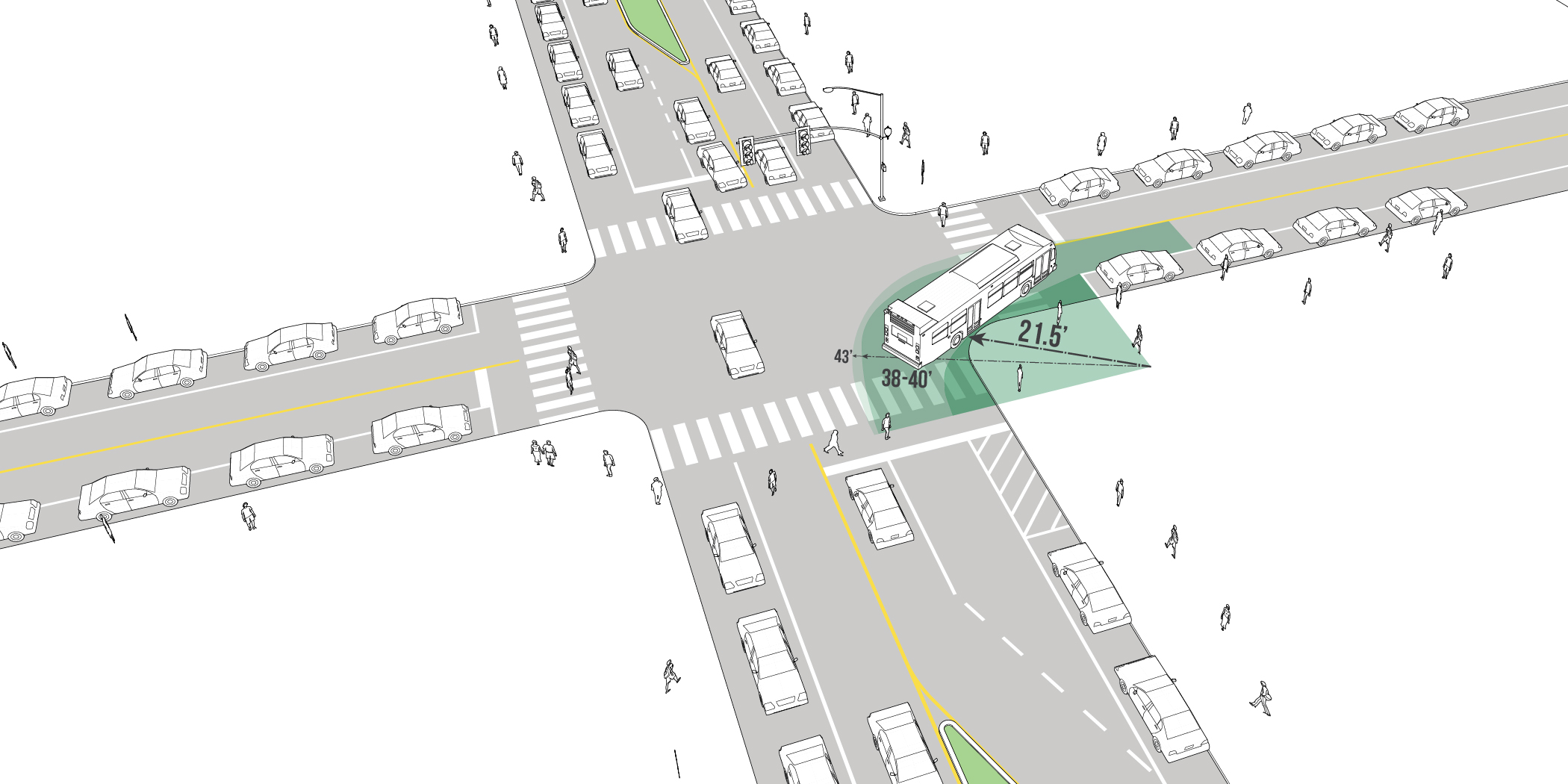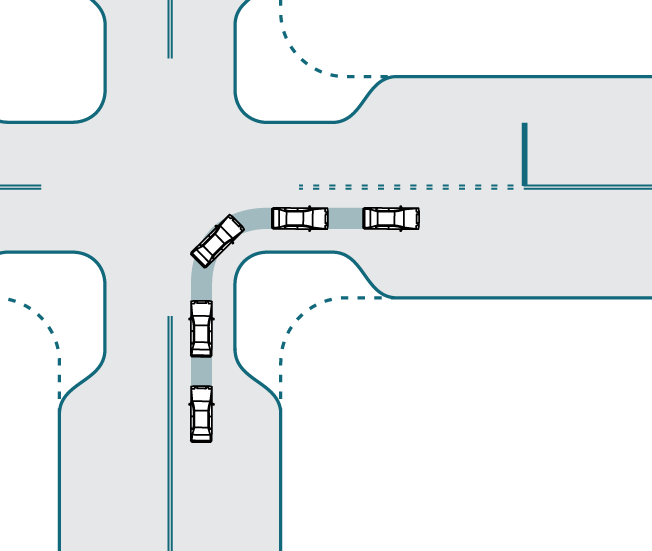Design Guide For Car Turning Circles
Austroads Design Vehicles and Turning. A guide containing a series of turning path templates for a range of design and checking vehicles from passenger cars. 1.2 Waitakere District Plan Rules and the Parking and Driveway Guideline... 1.3 Overview of. Appendix B2 – Heavy Vehicle Parking Layout Dimensions....... Appendix B5 – Minimum Turn Path for 90-percentile Car. Appendix B10 – Medium Single Unit Truck – 10 m radius Turn.
Paper Buyers Guide For Car Sales
Download and read design guide for car turning circles design guide for car turning circles give us 5 minutes and we will show you the best book to read today. If you are searching for a book design guide for car turning circles in pdf format in that case you come on to faithful site we present full version of this book in txt djvu epub pdf doc forms. If searched for the book design guide for car turning circles in pdf format in that case you come on to the correct site we furnish the complete edition of this ebook in txt doc epub pdf djvu forms.
The site wherever you can downloading or read online so that if you have must to load design guide for car turning circles pdf then you have come on to the faithful site. Design guide for car turning circles ebooks design guide for car turning circles is available on pdf epub and doc format you can directly download and save in in to your device such.

Call Guide For Car Dealers

Section 7: Minimum Designs for Truck and Bus Turns Overview This section contains the following information on minimum designs for truck and bus turns:. application. channelization. alternatives to simple curvature. urban Intersections. rural Intersections.

Application There are no firm guidelines governing the selection of the type of large vehicle to be used as a design vehicle. Factors that influence design vehicle selection are as follows:. the type and frequency of use by large vehicles. consequences of encroachment into other lanes or the roadside.
availability of right-of-way. Functional class of intersecting routes and location (urban versus rural) affect this selection in a general sense. Project-specific traffic data, specifically the frequency of use by the various design vehicle classes, is often the most important consideration in the selection process. The Transportation Planning and Programming Division (TPP) may be contacted to obtain volume data for the various vehicle classes. Minimum turning path templates for single unit trucks or buses, semi‑trailer combinations with wheelbases of 40, 50 and 62 ft 12.2, 15.24 and 18.9 m, and double-trailer combination with wheelbase of 67 ft 20.43 m are shown in Figures 7-1, 7-2, 7-3, 7-4, 7-5, and 7-6 respectively.
The AASHTO publication A Policy on Geometric Design of Highways and Streets provides additional information on turning paths and turning radii of these and other vehicles. Turning Template for Single Unit Trucks or Buses, (not to scale). Click to see a PDF of the image. Turning Template for Semi-Trailer with 40 ft 12.20 m Wheelbase, (not to scale).
Click to see a PDF of the image. Turning Template for Semi-Trailer with 50 ft 15.24 m Wheelbase, (not to scale).
Click to see a PDF of the image. Turning Template for Semi-Trailer with 62 ft 18.9 m Wheelbase, (not to scale). Click to see a PDF of the image. Turning Template for Semi-Trailer with 62 ft 18.9 m Wheelbase (Radius = 75 ft 22.9 m, (not to scale). Click to see a PDF of the image. Turning Template for Double-Trailer Combination with 67 ft 20.41 m Wheelbase, (figure not to scale). Click to see a PDF of the image Figure 7-7.
Example of Pavement Edge Geometry (US Customary). Example of Pavement Edge Geometry (Metric). Channelization Where the inner edges of pavement for right turns at intersections are designed to accommodate semi‑trailer combinations or where the design permits passenger vehicles to turn at 15 mph 20 km/h or more (i.e., 50 ft 15 m or more radius), the pavement area at the intersection may become excessively large for proper control of traffic. In these cases, channelizing islands should be used to more effectively control, direct, and/or divide traffic paths.
Physically, islands should be at least 50 ft 2 4.5 m 2 in urban and 75 ft 2 7.0 m 2 for rural conditions (100 ft 2 9.0 m 2 preferable for both) in size and may range from a painted to a curbed area. Alternatives to Simple Curvature To accommodate the longest vehicles, off-tracking characteristics in combination with the large (simple curve) radius that must be used results in a wide pavement area. In this regard, three‑centered compound curves, or offset simple curves in combination with tapers, are preferred since they more closely fit the paths of vehicles. Table 7-2 shows minimum edge of pavement designs for right turns to accommodate various design vehicles for turn angles varying from 60 to 120 degrees. (US Customary).